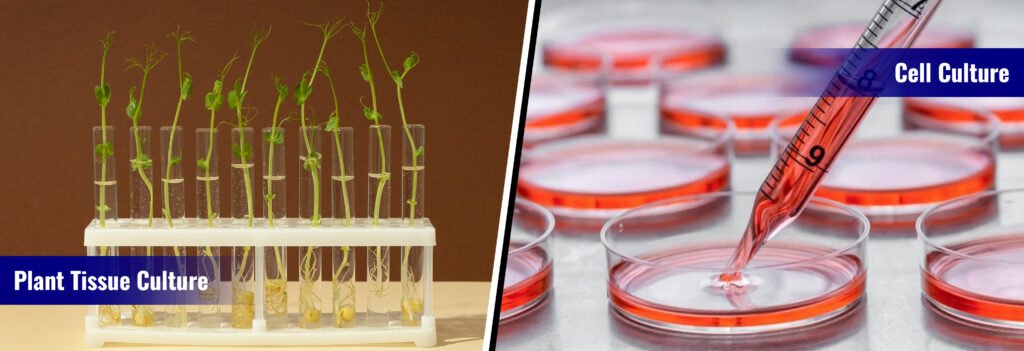

Organoids. CRISPR. Immunotherapy. We bet you must have heard of at least one of these terms before. Biology is like witchcraft, but better. And being a Biologist? You don’t ask.
Have you ever thought about how scientists turn even the smallest of the living units into something so complex and mind-boggling? It is astonishing how these little cells, if nurtured just right, can solve the greatest mysteries of life. It’s magic.
Tissue culture is the technique of cultivating cells, tissues, or even a whole organism outside their natural environment. It is one of the most revolutionary techniques developed in modern biology. Building on the successful cultivation of microbes in laboratories, tissue culture has propelled biotechnology to new heights as it allows the cultivation of these cells and tissues in vitro (inside controlled laboratory conditions), playing a vital role in the development of vaccines and therapeutics, cloning, research, agriculture, and medicine when studying diseases like cancer.
In this blog, we’ll dive deeper into the process of tissue culture using healthy cells, exploring how it works, why it’s important, and where it’s used.
Before a single cell divides or a plantlet forms, there is one crucial factor at play that ensures success: checking the health of the cells the culture is started with.
Just like in real life, no two cells are created equal. Scientists have to handpick the cells that show no signs of stress, mutation, or microbial infection. The choice of healthy cells to start the tissue culture is considered essential rather than just a preference and are the ones that exhibit normal growth, morphology and function. These cells don’t only grow predictably; they show consistency, behave naturally, and provide a stable, non-fluctuating foundation for experiments.
Choosing healthy cells while starting a culture is also important because if the cells are compromised from the start of the experiment, everything unravels downstream. One contamination or genetic glitch and your data is all toast.
Most of the effort while starting a healthy cell culture goes right into the earliest steps in screening, selecting and preparation.
In the next section, we’ll step inside the lab to see how scientists guide these selected cells through the delicate, fascinating journey of tissue culture.
You are here to learn the recipe for life. From buffers to growth hormones, each ingredient serves a precise function in creating the perfect environment for healthy cells to grow, divide, and transform. Every step hinges not just on technique, but on the quality of ingredients you put in. A detailed breakdown for the steps of tissue culture is as follows:
As discussed, everything has to start with a well-chosen explant that has a viable tissue free from any signs of stress or contamination.
To maintain the cellular stability during the preparation of healthy cells, phosphate-buffered saline (PBS) or HEPES Sodium (Product code: 599) buffer may be used to rinse and hold the cells temporarily to maintain pH balance and osmotic integrity.
To isolate individual cells from tissue:
These enzymes are dissolved in isotonic solutions often buffered with HEPES Sodium (Product code: 599) or Tris to maintain cell viability throughout the process.
Culture medium for each type of cell has to be customized and modified according to their respective needs- this is where the science meets nutrition.
Sterility is the foundation of a successful culture.
Once inoculated into their respective media, the cells are incubated in specifically tailored environments:
Healthy cells grow, divide, and often need to be transferred to fresh medium:
When cells aren’t immediately needed, they’re frozen for long-term storage:
HEPES Sodium (Product code: 599) by TM Media is widely used and trusted in cultivating cell lines by scientists. The product with CAS Number- 75277-39-3 and Chemical Formula, C8H17O4N2SNa, is used to supplement Dulbecco′s modified Eagle′s medium to culture and maintain cell lines and as a component of platelet suspension buffer. It is a white crystalline powder with a molecular weight of 260.29 g/mol. Its chemical parameters include:
| PRODUCT PARAMETER | SPECIFICATION |
| pH | 10.0 – 12.0 |
| Water | NMT – 3.0% |
| Heavy Metal (Pb) | NMT – 5 ppm |
| Assay | NLT – 90.5% |
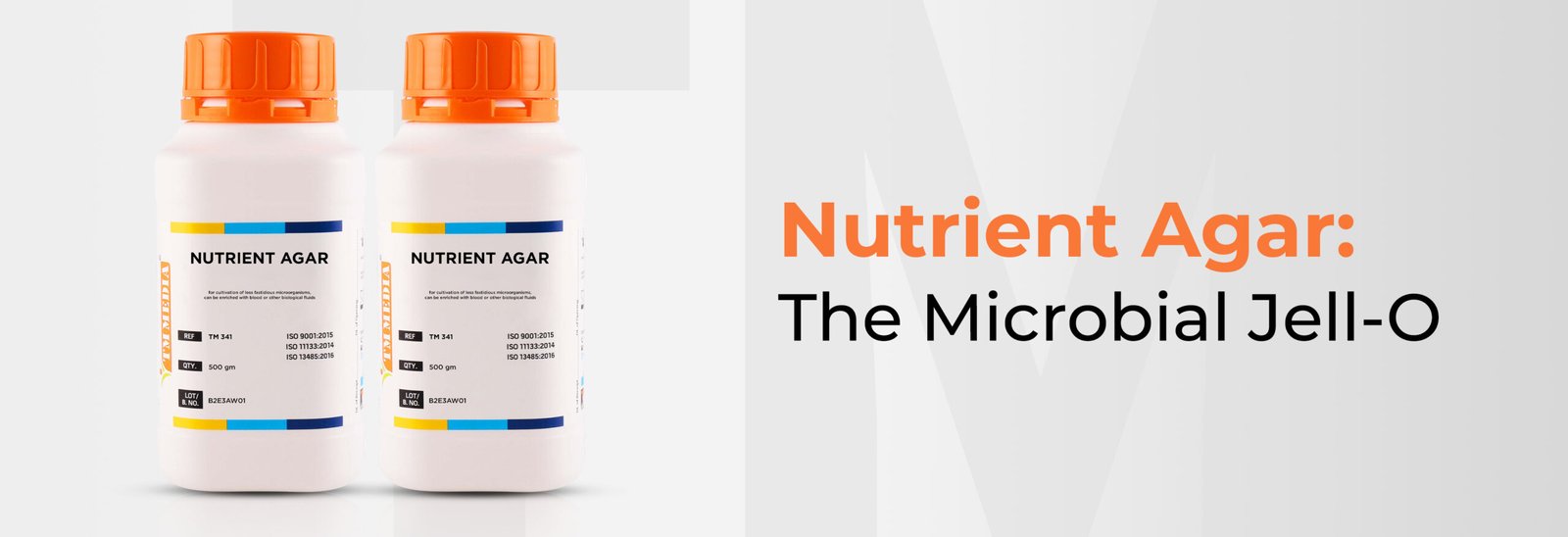
Walk into any microbiology lab, and you’ll notice something: shelves stacked with bottles labelled “nutrient agar ” and rows of...
Read More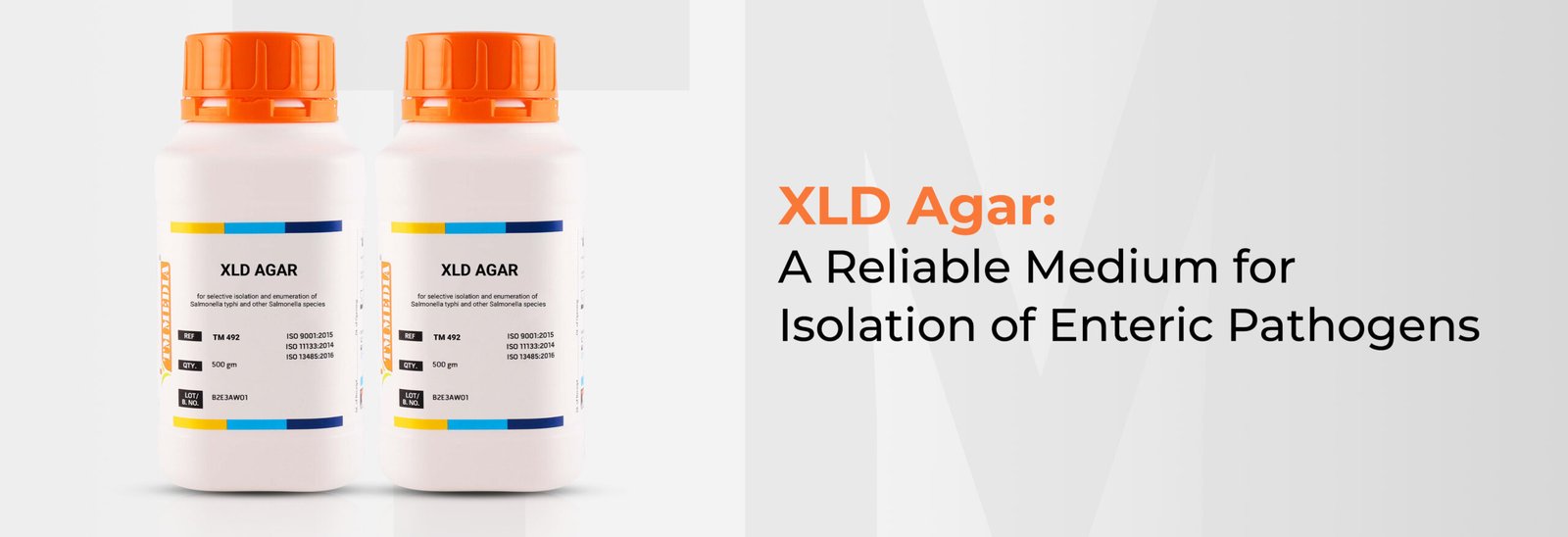
You know that gnawing feeling when someone gives you a sharp look, and you just know they have figured something...
Read More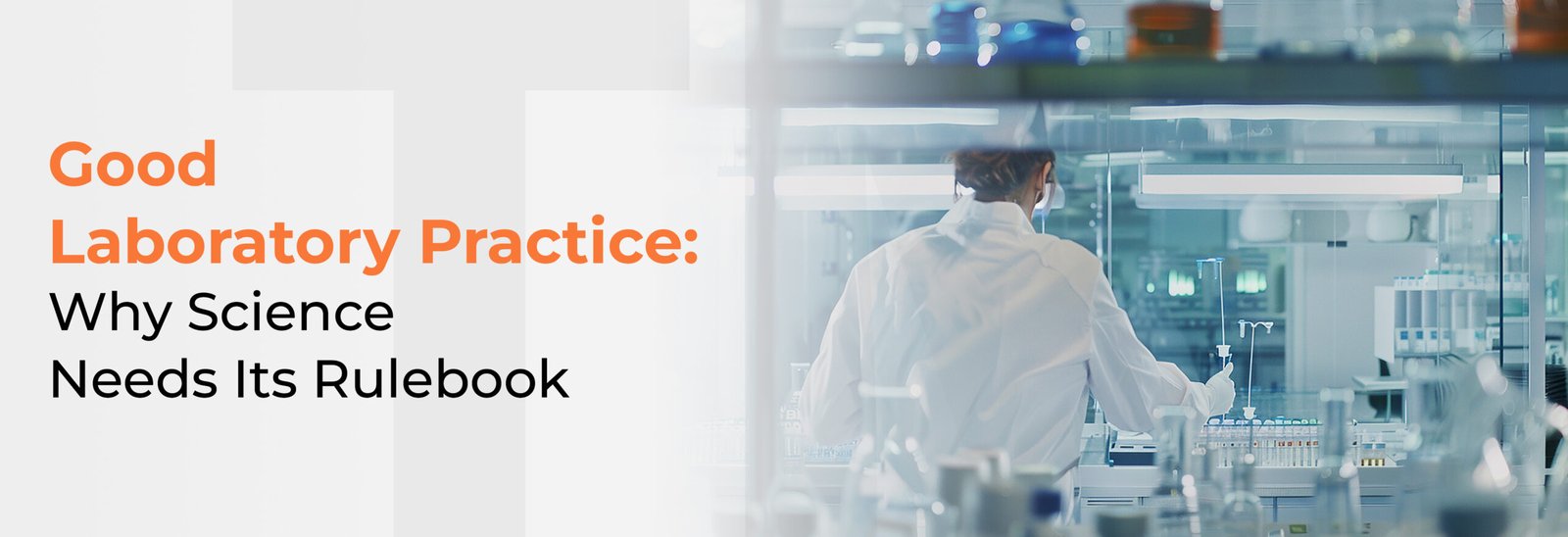
Picture this: you’re baking a cake, but you don’t measure the flour, forget to preheat the oven, and write nothing...
Read More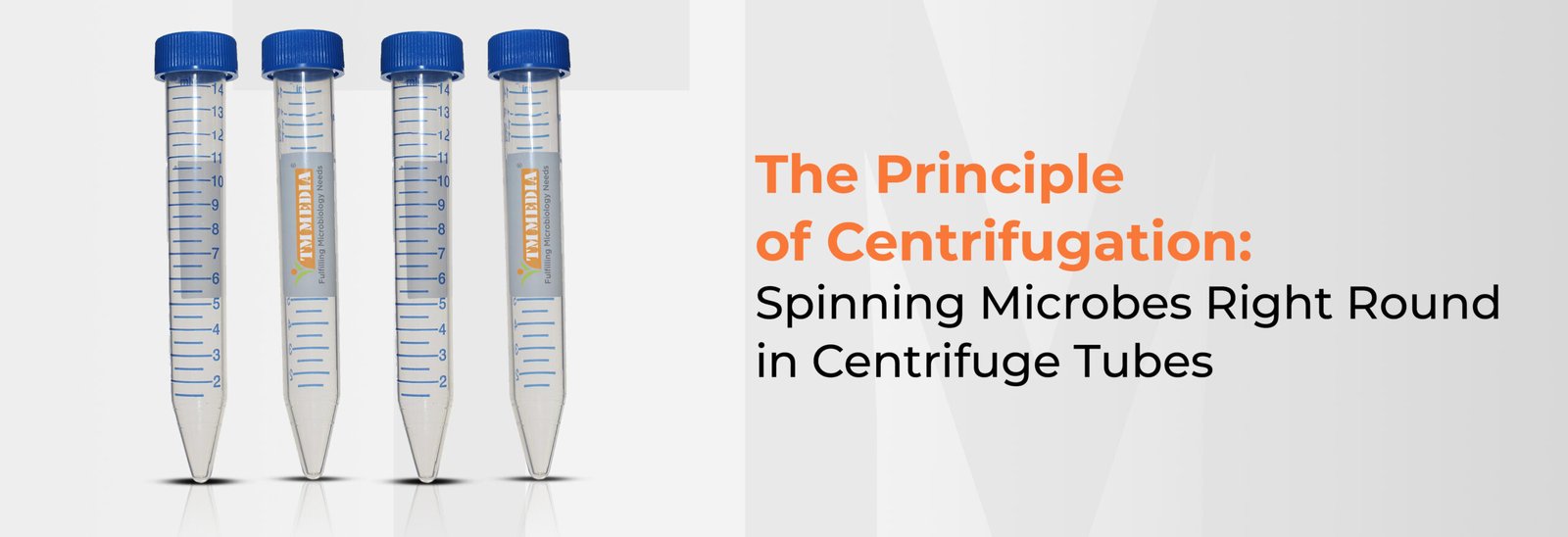
You might be wondering why the title says “Spinning Microbes Right Round.” It is because, in a microbiology lab, when...
Read More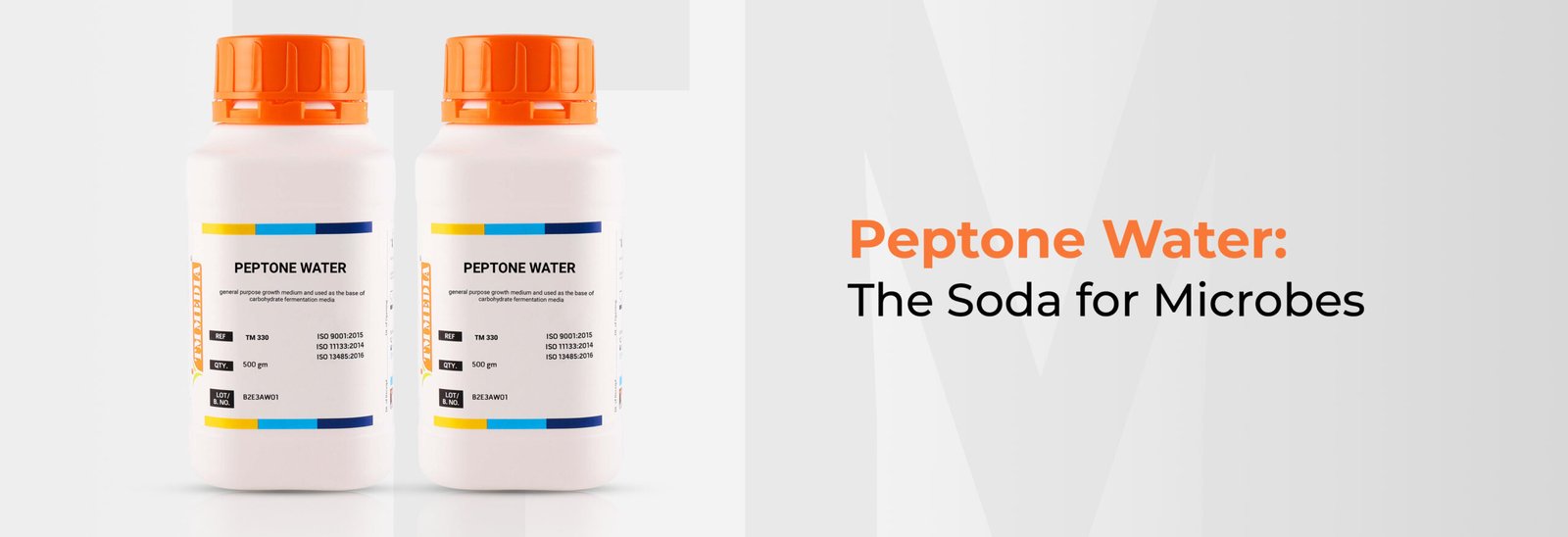
In microbiology, nutrient media are considered essential tools for cultivating microorganisms. They are known to supply all the necessary nutrients...
Read More